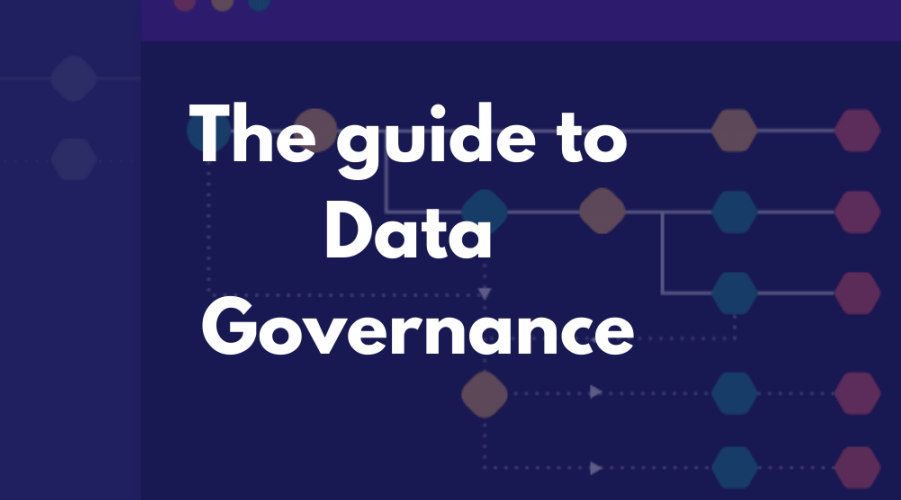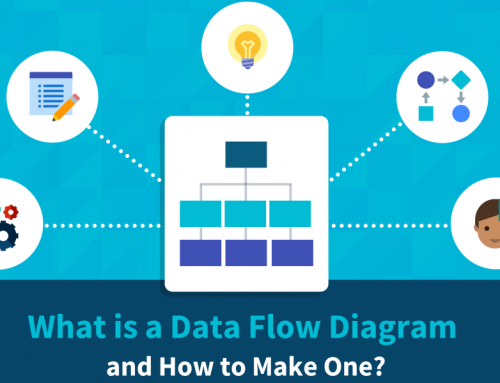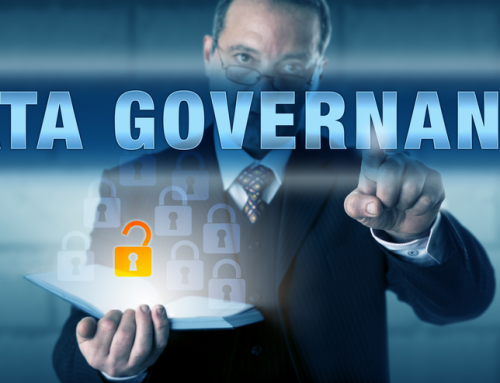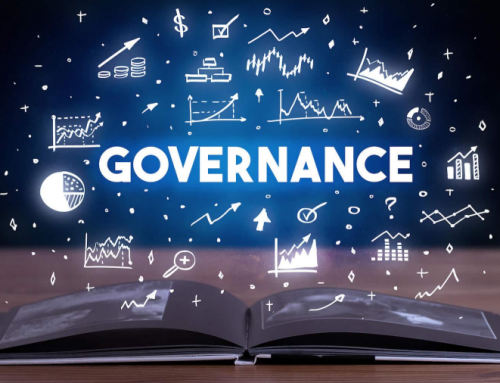The Ultimate Guide to Data Governance
What is data governance? What is the purpose of data governance? What are the ways of data governance?What is the scope of a data governance project? If you are looking answers to these questions,then you’ve come to the right place. This post will porvide you with an ultimate guide to data governance.

The Ultimate Guide to Data Governance
The Ultimate Guide to Data Governance – 1. Definition of Data Governance
Data Governance is a set of management behaviors involving the use of data in an organization. Initiated and implemented by the enterprise data governance department, a series of policies and processes on how to develop and implement business applications and technical management of data within the entire enterprise.
The quality of the data directly affects the value of the data, and directly affects the results of the data analysis and the quality of the decisions we make based on it. We often say that we use data to speak, and data to support decision-making management, but low-quality data or even erroneous data will inevitably “tell lies”! Data governance is to improve the quality of data and give full play to the value of data assets.
The Ultimate Guide to Data Governance – 2. Purpose of Data Governance
- Establish internal rules for data use;
- Reduce risk;
- Improve internal and external communication;
- Implement compliance requirements;
- Convenient data management;
- Increase the value of data;
- Help ensure the continued survival of the company through risk management and optimization;
- Reduce costs;
The Ultimate Guide to Data Governance – 3. Data Governance Drivers
1. Improve the process
- Improve data quality. The ability to improve business performance with authentic and trusted data.
- Regulatory compliance. The ability to effectively and consistently respond to regulatory requirements.
- Project development efficiency. Improvements in the System Lifecycle (SDLC) address data management issues across the organization, including leveraging the data lifecycle to manage specific data technical debt.
- Supplier management. Contracts that control data processing, including cloud storage. External data procurement, data product sales and outsourced data operation and maintenance.
- Metadata management. Build business glossaries, define and locate data in your organization, and ensure data-rich metadata is managed and applied.
2. Reduce risk
- Data Security. Protect data assets through control activities, including availability, integrity, continuity, auditability, and data security.
- Privacy. Control private information, confidential information, personally identifiable information, etc., through institutional and compliance monitoring.
- General risk management. Gain insight into the financial or goodwill impact of risk data, including responses to legal and regulatory issues.
The Ultimate Guide to Data Governance – 4. Scope of the Data Governance Project
- Strategy. Define, communicate and drive the execution of data strategies and data governance strategies.
- System. Set up policies related to data, metadata management, access, use, security and quality.
- Standard and quality. Set and enforce data quality, data architecture standards.
- Supervision. Provides observation, audit and corrective actions in key areas of quality, institutional and data management (responsibility management).
- Compliance. Ensure that the organization can meet data-related regulatory compliance requirements.
- Problem management. Identify, define, escalate and address issues. For areas such as: data security, access, quality, compliance, ownership, systems, standards, terminology or data governance procedures.
- Data management projects. Enhance efforts to improve data management practices.
- Valuation of data assets. Set standards and processes to define the business value of data assets in a consistent manner.
The Ultimate Guide to Data Governance – 5. The Way of Data Governance
- Data governance needs a solid foundation: Data governance needs to be carried out step by step, but at least three aspects need to be paid attention to in the early stage of construction: data specification, data quality, and data security. Standardized model management is a prerequisite for ensuring that data can be managed, high-quality data is a prerequisite for data availability, and data security management and control is a prerequisite for data sharing and exchange.
- Data governance requires system construction: In order to give full play to the value of data, three elements need to be met: reasonable platform architecture, perfect governance services, and systematic operation means. Select the appropriate platform architecture according to the enterprise’s size, industry, data volume, etc. Governance services should run through the whole life cycle of data to ensure the integrity, accuracy, consistency and effectiveness of data collection, processing, sharing, storage and application. Operation means should include the optimization of norms, organization, platform and process, etc.
- Data governance needs to focus on data: The essence of data governance is to manage data. Therefore, it is necessary to strengthen metadata management and master data management, govern data from the source, and complete the related attributes and information of data, such as metadata, quality, security, business logic, and lineage, to manage data production, processing, and use in a metadata-driven manner.
- Data governance requires integration of construction and management: The consistency of the data model lineage and task scheduling is the key to the integration of construction and management, which helps to solve the problem of inconsistent data management and data production calibers.
- Data governance requires IT empowerment: Data governance is not a pile of normative documents, but needs to be generated in the governance process of the norms, processes, standards to the IT platform. In the process of data production, data governance is carried out in the forward way of “starting with the end” to avoid the increase of various passivity and operation and maintenance costs caused by post-audit.
Conclusion
Thank you for reading our article and we hope this ultimate guide to data governance will help you to have a better understanding of data governance. If you want to learn more about data governance, we would like to advise you to visit Gudu SQLFlow for more information.
As one of the best data lineage tools available on the market today, Gudu SQLFlow can not only analyze SQL script files, obtain data lineage, and perform visual display, but also allow users to provide data lineage in CSV format and perform visual display. (Published by Ryan on Sep 7, 2022)
2 Comments
Leave A Comment
If you enjoy reading this, then, please explore our other articles below:




[…] and more attention from enterprises and institutions. In order to effectively utilize data assets, data governance has become a key concern of the current government and enterprises. So what are the benefits of […]
[…] is data governance? What are the problems faced by big data governance? Why data governance is a must for any […]